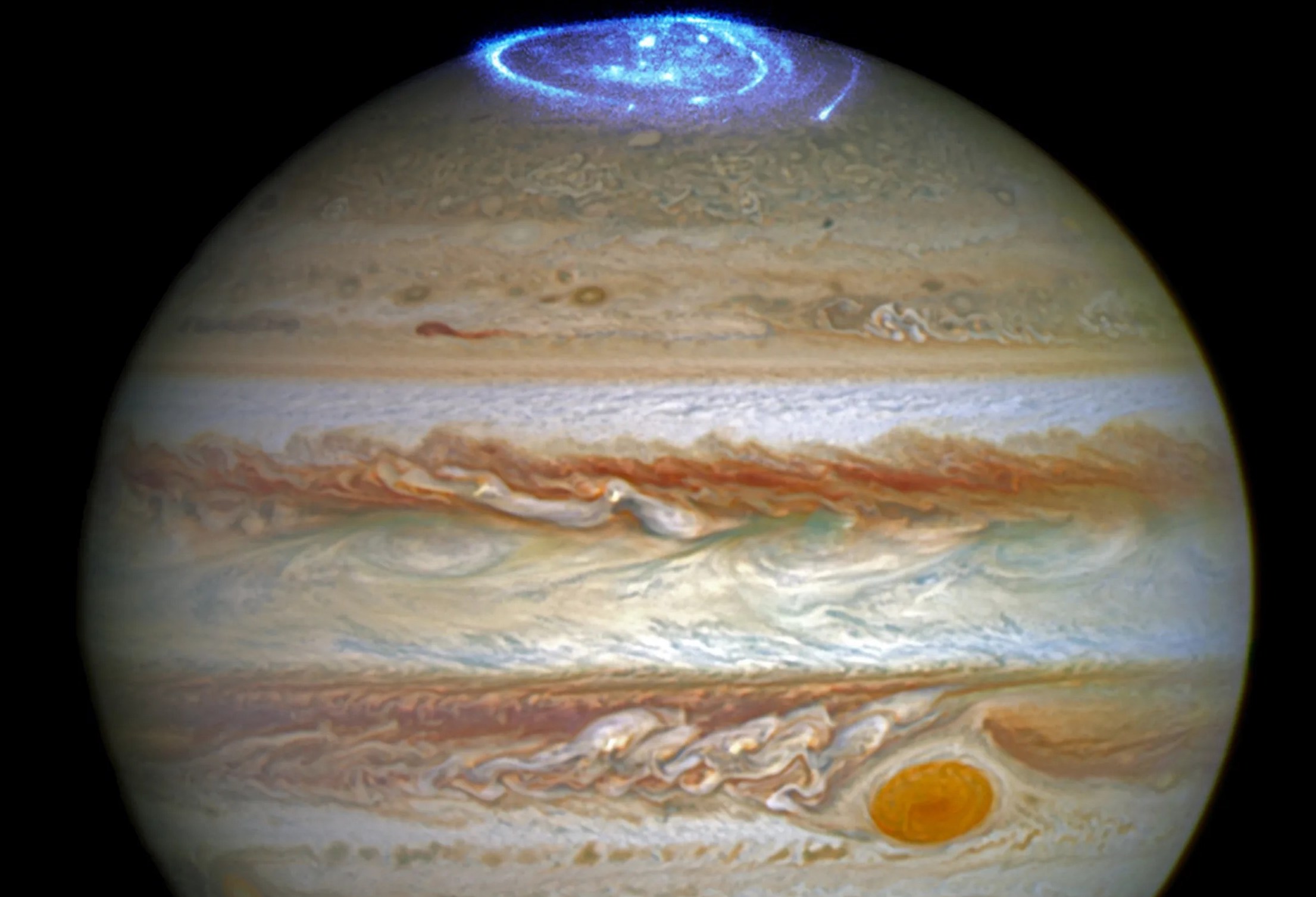Research Interests
I'm a planetary scientist in the Planetary Magnetospheres group at the Dublin Institute for Advanced Studies (DIAS).
I study the dazzling lights in the skies of planets like Jupiter and Saturn—the aurorae, or the Northern and Southern Lights as we know them here on Earth. These light shows look similar to those of the Earth, but on a much grander scale: on Jupiter, the aurorae generate more power than all the electricty produced on the Earth as they shine 100 times brighter than our own aurorae.
The aurorae of the outer planets are created by complex interactions between the planet's ionosphere, magnetosphere, and the solar wind. The structure of these regions, and their interactions, change based on different factors, including the shape and strength of the planetary magnetic field, the rotation rate and orientation of the planet, the sources of energetic particles and plasma, and the state and evolution of the Sun. To develop a cohesive picture of the aurorae and the complicated space environments of these distant worlds, my research touches on each of these different factors.
My research involves comparing spacecraft data (from the Pioneer, Voyager, Ulysses, Galileo, Wind, ACE, Cassini, New Horizons, and Juno missions) and remote observations (from the Hubble Space Telescope and Chandra X-ray Observatory) to empirical and theoretical models. I focus on improving these comparisons by using novel analytical and statistical techniques, including Bayesian inferencing, data assimilation, uncertainty quantification, and many others.

